The latest sensation in the architectural press is the new Maxxi Museum, designed by Zaha Hadid. Even Francis X. Rocca, Vatican correspondent for the Religion News Service dolloped praise upon it in the pages of the Wall Street Journal. Why is a mystery to me. It’s got all the warmth of a pillbox bunker, the timelessness of a tabloid headline, and the maturity of a rapper interrupting a symphony.
It’s difficult to find photos of the museum in situ, as Hadid’s fans are sympathetic to her attitude, expressed most succinctly by her former partner, Rem Koolhaas, when he theorized, “F— context.” In this case, the context is the Flaminio district, developed initially in the 19th century, and characterized by a host of quite respectable buildings in the Roman Barochetto style. The streets and squares in Flaminio are well proportioned and hospitable to human habitation, even those lined with the blander post-war apartment blocks. But the Maxxi Museum lines the Largo Girolamo Rainaldi with a deadly blank concrete wall, as if it were an alleyway. I don’t give it much time before “CESSO” is spray painted on.
The unfortunate victim, er…building on the left in the above photo is the former Montello army barracks. Turn the camera a little to the right, and you’ll find the marvelous basilica of Santa Croce a via Flaminia.
Designed by Aristide Leonori, it was commissioned by Pope St. Pius X in celebration of the 16th centenary of the Edict of Milan, and consecrated in 1918. It is sited near the Milvian Bridge where Constantine defeated Maxentius in 312 A.D. Constantine’s forces were outnumbered five to one, but a vision assured him that he would conquer in the sign of the Christ. The soldiers went into battle with Christ’s monogram painted on their shields, and came out victorious–a lesson, surely, in the importance of signs to the Almighty.
Highly reminiscent of the ancient Santa Maria in Trastevere, Santa Croce is now a stational church for the Friday after the Fifth Sunday of Lent (this year March 26th). It is everything the Maxxi Museum is not: legible, civilized, timeless, and…beautiful. It draws the mind and soul up to higher things, like the Labarum. Maxxi doesn’t try to be beautiful, it tries to be cool and this-worldly. It embodies much of the spirit of the bizarre Futurist Manifesto which just recently celebrated its centenary: “At last, Mythology and the mystic cult of the ideal have been left behind.”
Perhaps it’s time we left behind the dusty cult of the fairy-tale Marxist future. To mark this turning point, I propose a new church in Rome to be consecrated on the 17th centenary of the defeat of Maxentius–a traditional church as a latter day sign. In Hoc Signo Vinces.

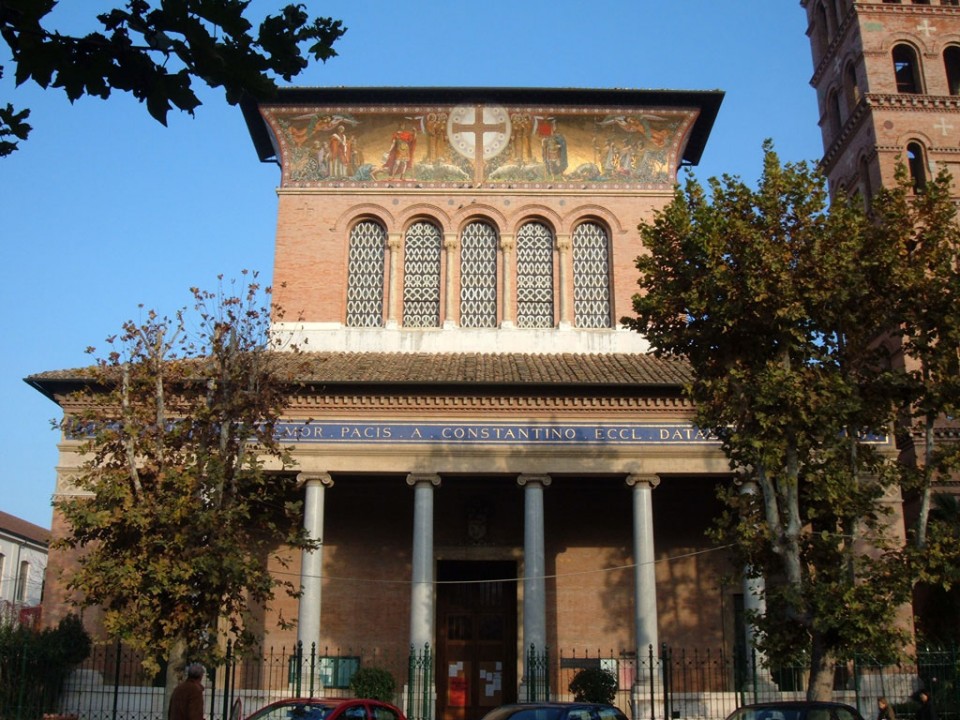
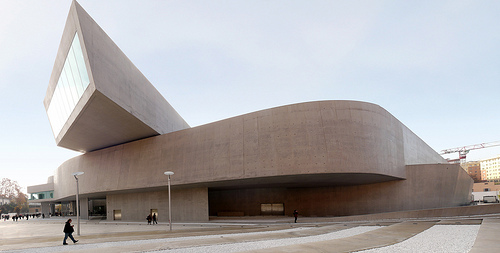

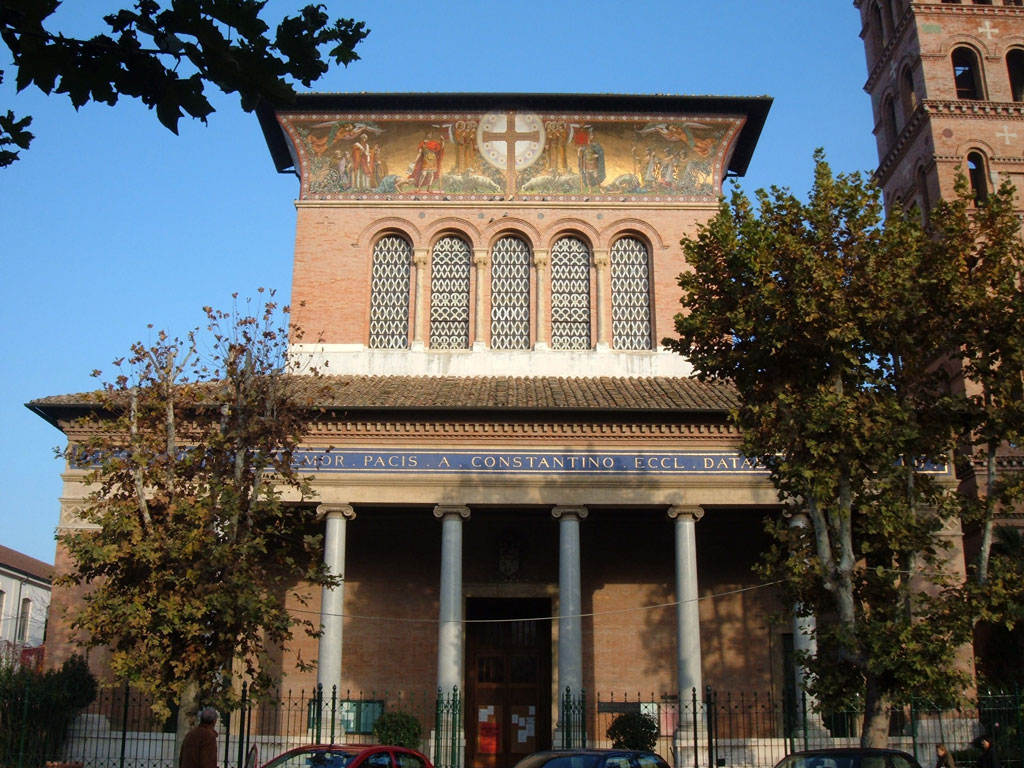
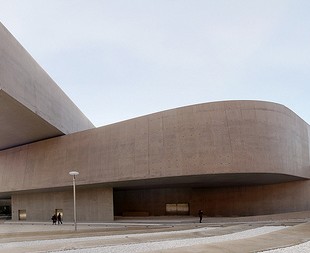
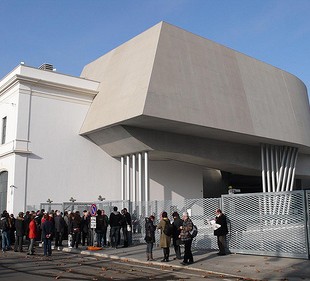
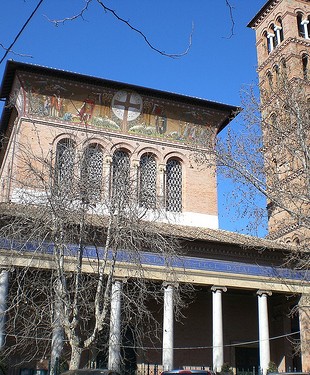
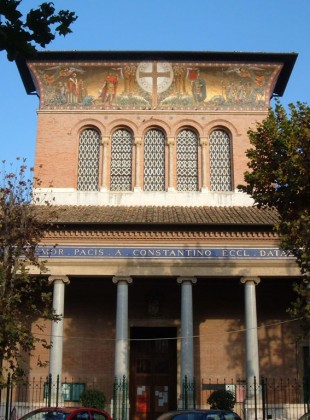
Maybe you have to be there? I’m not sure I’ll live long enough to get it.
There's no substitute for being there when you want to get to know the subtleties, but when you're critiquing the whole approach you don't need to be there. Try to get to Rome if you can, but there are thousands of things to see before seeing Maxxi.